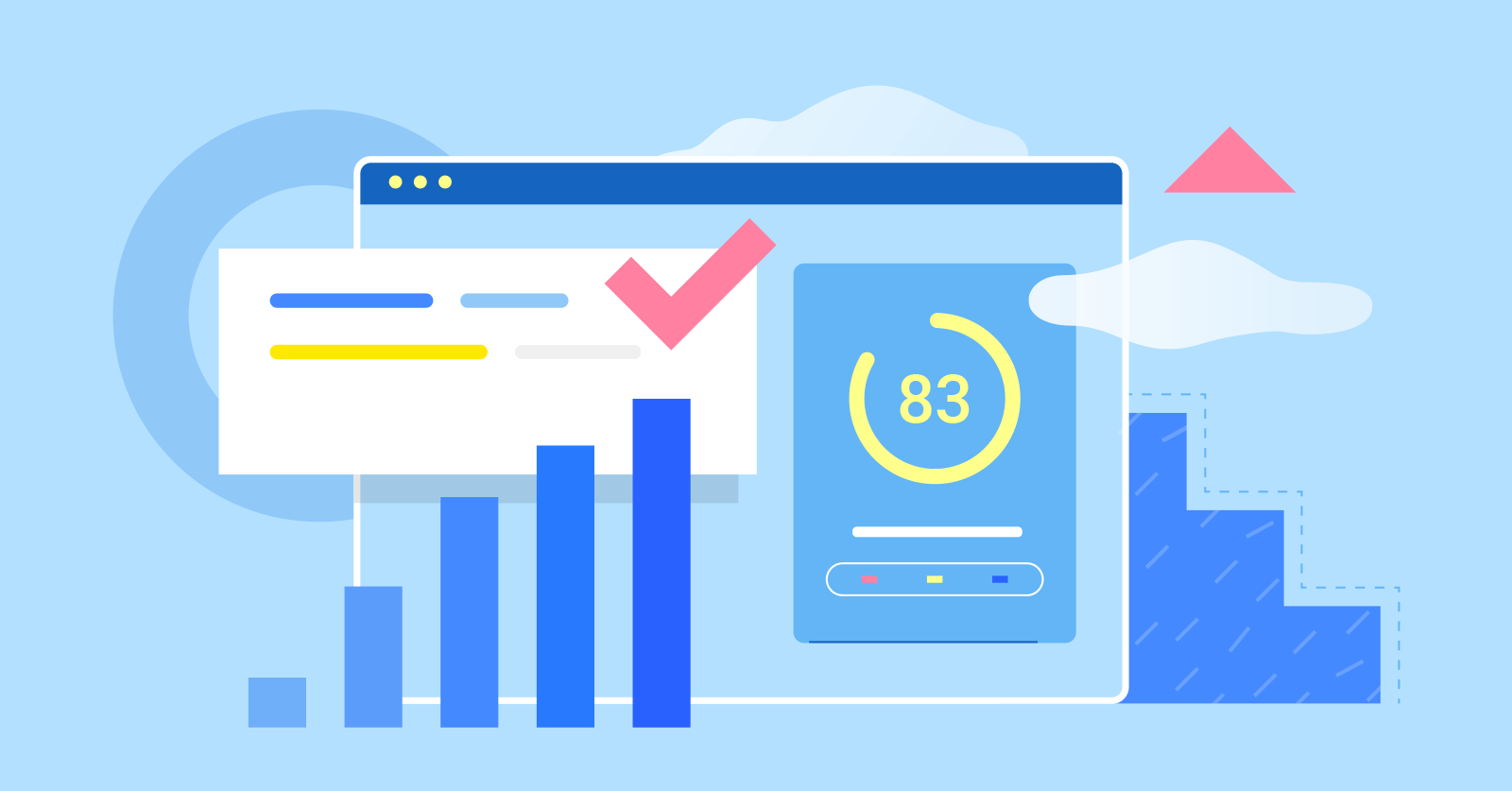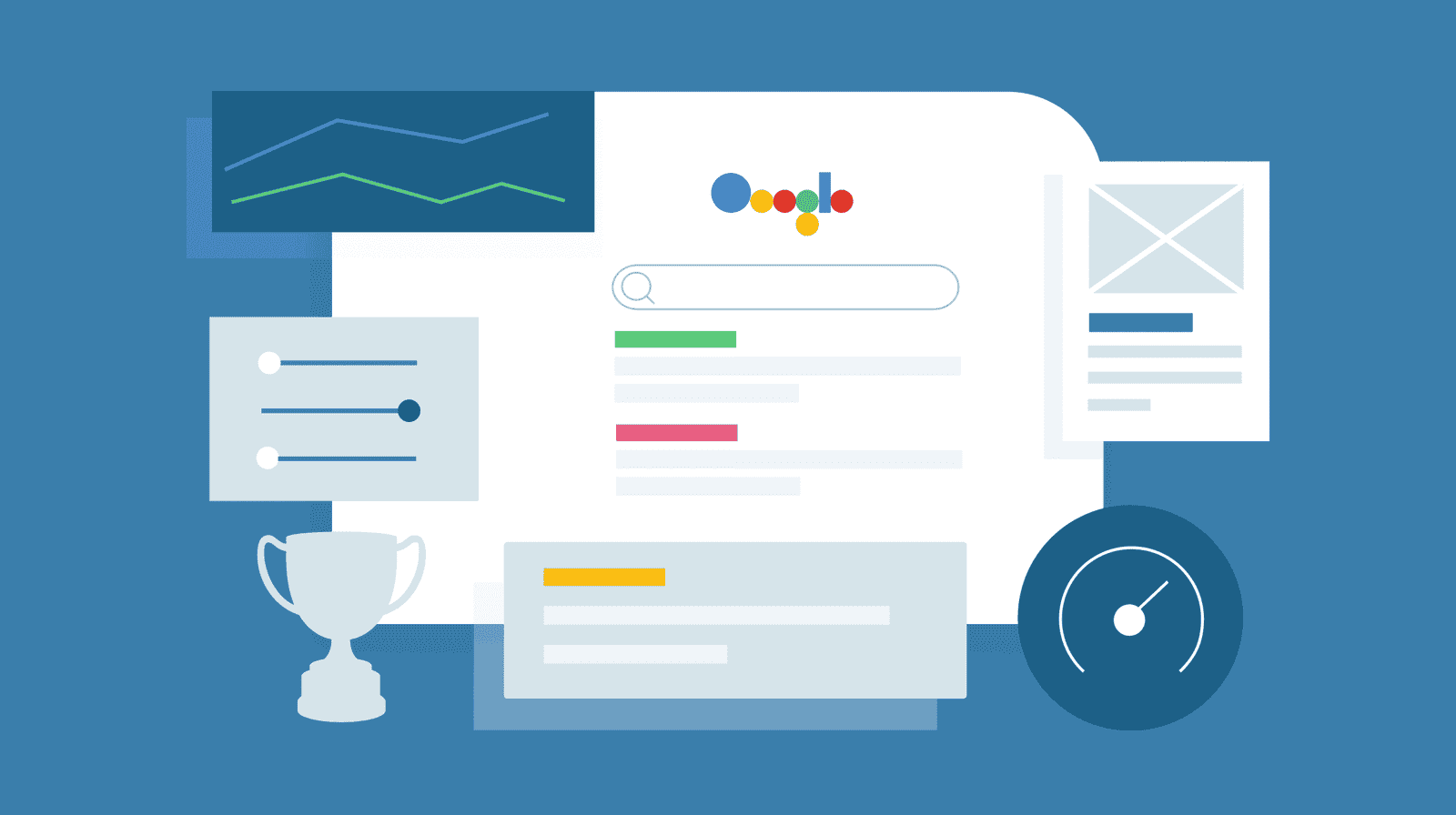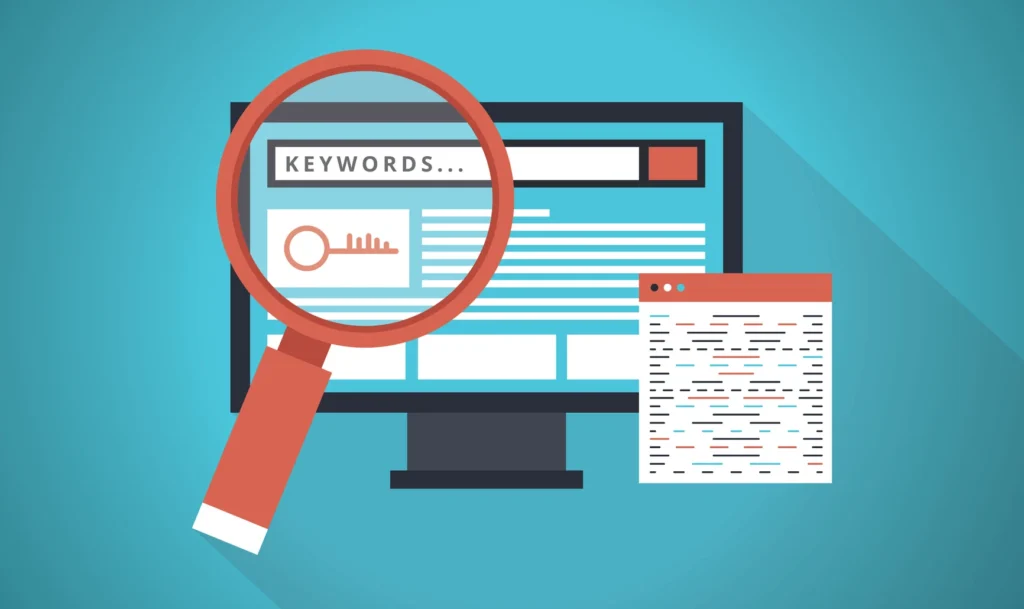Hey bro! What’s up? Is your website languishing in the depths of Google’s search results, gathering digital dust? You’re not alone. Many websites are sabotaging their own success with easily avoidable on-page SEO mistakes. The good news? These errors can often be fixed quickly, leading to a dramatic boost in your rankings. Let’s dive into the seven most common on-page SEO blunders that could be holding you back and, more importantly, how to rectify them.
SEO Mistake #1: Are You Speaking Google’s Language? (Hint: It’s All About Intent)
Imagine trying to explain something to a toddler. You’d use the simplest words, right? That’s how you need to approach your content for search engines. The number one goal of matching search intent is zero ambiguity. You need to be incredibly clear so the search engine algorithms can understand what your page is about.
- The Ambiguity Trap: Take the phrase, “I saw bats”. It sounds simple, right? But it could mean many things: you saw a baseball bat, you saw the animal, or you saw multiple animals. This ambiguity forces algorithms to guess, which can result in your page being placed incorrectly in the search results.
- Real-World Example Gone Wrong: Consider a search for “AC repair Chesterfield Missouri.” A Mercedes-Benz dealership might rank for this if they are located in Chesterfield and have the words “AC repair” on the page. This happens because Google sees the location and the service keywords but this page does not truly match the intent of someone looking for home AC repair.
- The Solution: Crystal-Clear Targeting: Avoid combining different service offerings on the same page. Create dedicated pages for each service, focusing on the specific problems and solutions related to that single offering. For example, create separate pages for AC repair, furnace repair, and AC installation instead of combining all three. Don’t make Google guess what your page is about. Make it obvious.

SEO Mistake #2: Are Your Keywords Playing Hide-and-Seek? (Location, Location, Location!)
Keywords are the foundation of your on-page SEO strategy, but you must place them strategically. Here’s where to put your keywords to maximize their impact:
- Title Tag: Your First Impression in Google: The title tag is what appears in search engine results, and it’s a powerful tool. Include your primary keyword in the title tag. A good strategy is to add descriptive words that will help you capture more long-tail keyword opportunities. For instance, “AC repair Chesterfield Missouri” can become “Reliable AC Repair Services in Chesterfield Missouri”.
- Meta Description: Your Second Chance to Entice: While Google often rewrites meta descriptions, you should still include your primary keyword to give the search engines some context. Don’t force it. Write naturally and don’t try to match the keyword exactly, natural language processing can tell what you are talking about even with slight variations.
- URL Structure: A Direct Path to Relevance: Incorporate your entire keyword phrase into your URL. For example,
yourwebsite.com/ac-repair-chesterfield-missouri. Include the state because many cities in the US share names. Consider using a folder structure if you have a large website, such as/mo/chesterfield/ac-repair. - H1 Tag: The Headline That Commands Attention: The H1 tag is the main heading on your page. Incorporate your primary keyword, but you don’t need to use the exact match.
- First Sentence or Paragraph: Setting the Stage: Include the keyword in the first sentence or within the first paragraph to establish the relevance of the page right away.
SEO Mistake #3: Keyword Density is DEAD (Long Live Topic Coverage!)
Stop obsessing over keyword density. Search engines are now smart enough to understand the topic of the page without you repeating the keyword over and over again.
- The Myth of Keyword Stuffing: Google’s algorithms have evolved beyond simple keyword counting. Focusing on keyword density is an outdated tactic.
- The Power of NLP (Natural Language Processing): Use NLP tools to identify relevant topics and entities related to your core keyword. Instead of trying to force the exact match of a keyword, like “AC repair Chesterfield MO” into the content multiple times, aim to cover topics that are closely related, such as “air conditioning service” or “HVAC repair”. This approach helps create content that is more relevant to the searcher.
- Competitor Analysis: Look at your top competitors and see what entities or topics they cover. Then cover these topics in your content as well. Aim to create an outline based on the topics your competitors cover and then have AI tools, like Rankability, create a first draft.
SEO Mistake #4: On-Page SEO Isn’t the ONLY Thing That Matters (Link Building is Your Secret Weapon)
On-page SEO is crucial, but it’s just one part of the SEO puzzle.
- The Missing Piece: Link Building: Link building is essential for improving your ranking. Focus on getting high-quality links from trusted websites.
- Quality over Quantity: One link from a powerful, reputable website is worth many links from weaker, less authoritative sites. If you want to get high-quality links, consider using a digital PR service that gets links from top tier websites.

SEO Mistake #5: Are You a Copycat or a Trendsetter? (The Importance of Information Gain)
Relevance alone is no longer enough. Your content must also be unique.
- The “Information Gain” Factor: Google’s algorithm now favors pages that bring something new to the table. They’re looking for content that offers unique perspectives, insights, and data.
- Relevance + Uniqueness = Ranking Success: The perfect content formula is relevance plus uniqueness.
- How to inject Uniqueness:
- Unique Anecdotes, Use Cases, and Case Studies: Share stories of your own experiences with your customers.
- First-Party Data: Use internal business insights and customer data to add depth to your content.
- Regional Expertise: Talk about your local area, as a business owner, and any relevant expertise about your region.
- New Data: Share new and relevant information, such as market trends or changes that affect your customer.
- Example: When creating content about SEO tools, one might mention the use of ChatGPT as a tool that no one else was talking about at the time.
SEO Mistake #6: Is Your Website Driving Users Away? (The User Experience Nightmare)
On-page SEO isn’t just about keywords; it’s also about the user experience (UX).
- Experience + Engagement = Success: A good user experience leads to better engagement, which positively impacts your search engine rankings.
- Loading Speed: The First Hurdle: A slow loading page will cause users to bounce. Optimize for speed first.
- Design Matters: Ensure your website is responsive across all devices. Buttons should look like buttons. Links should contrast against the surrounding text.
- Avoid Irrelevant Content: Do not add content that is not related to your product or service, for example, if you are offering AC repair, do not include content that talks about how nice the city is.
- Content Design is Key: Break large text blocks into smaller, easy-to-consume paragraphs. People will skim your website first before deciding to read all of the content so it has to be easy to scan.
SEO Mistake #7: Are You Forgetting The Goal? (Conversions Are King!)
On-page SEO isn’t complete without thinking about your conversion goals.
- The Conversion Trifecta: Good user experience, engagement, and conversions are interconnected and all contribute to positive results.
- Prioritize CTAs: Have clear calls to action above the fold on your website.
- Social Proof: Display customer reviews to establish trust.
- Unique Images: Use original, high-quality photos that show your products or services in action. Do not use generic stock photos.
- Branded Images: Use images that include your staff or your brand in a real-world context.

Conclusion
On-page SEO is a dynamic and ever-evolving landscape. By avoiding these seven common mistakes and adopting a more holistic approach that considers user intent, topic coverage, link building, and user experience, you can significantly improve your website’s search engine rankings and ultimately achieve your business goals. Don’t just tweak, transform your SEO strategy. It’s time to stop making these mistakes and start dominating Google!
FAQs
How important is it to have the exact keyword phrase in my content? It is not necessary to have the exact keyword phrase in your content because search engines use natural language processing to understand the intent of your content. Instead of focusing on repeating the exact keywords, make sure that you cover related topics and entities so the search engines understand what your page is about.
I’ve heard that keyword density is important. Is this true? No, keyword density is an outdated tactic. Search engines like Google can now understand the content of your page without you having to repeat the same keywords over and over again. You will get much better results if you prioritize covering the topic thoroughly by incorporating relevant entities, topics, and insights into your content.
What is more important, on-page SEO or link building? Both on-page SEO and link building are important. On-page SEO helps search engines understand your content, while link building helps to improve your credibility and authority. If your content is well-optimized and you are getting quality backlinks from trusted websites, you are more likely to rank higher in the search results.

